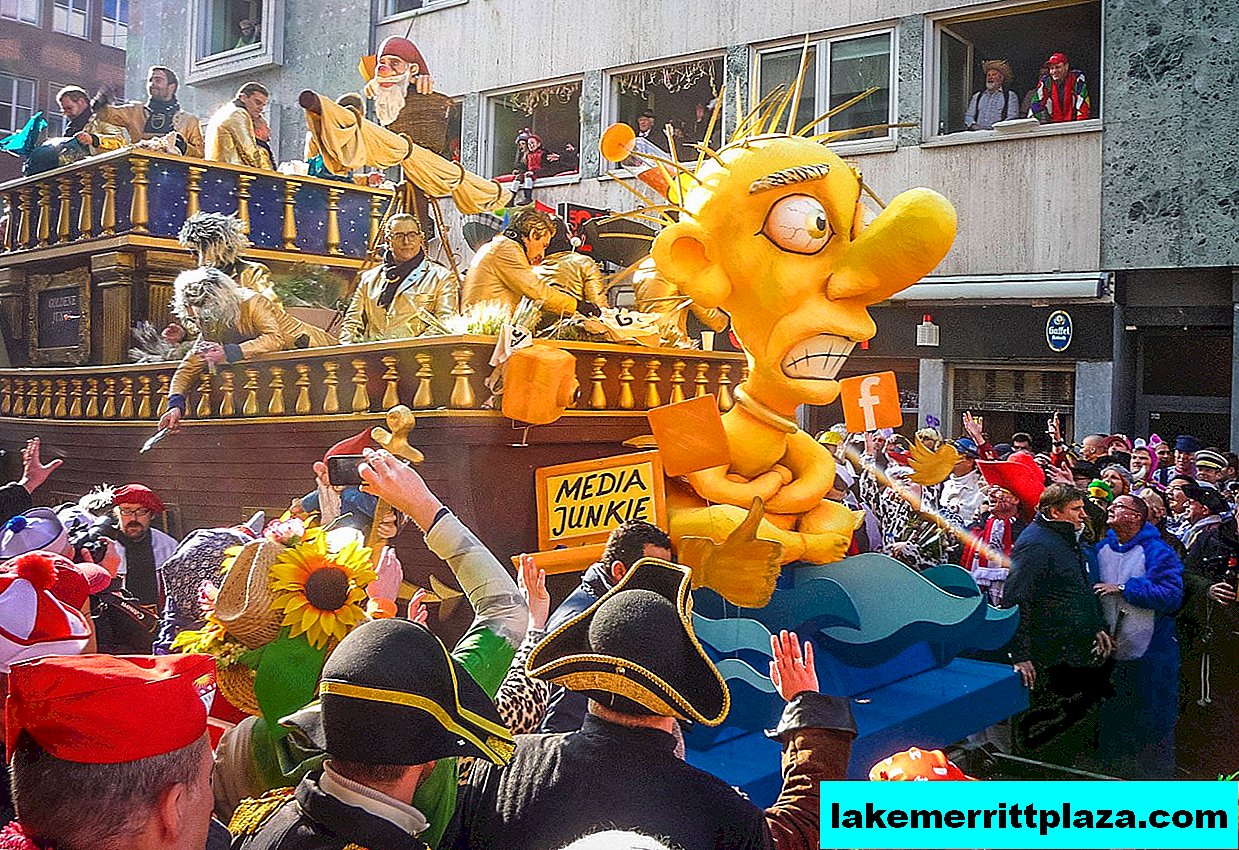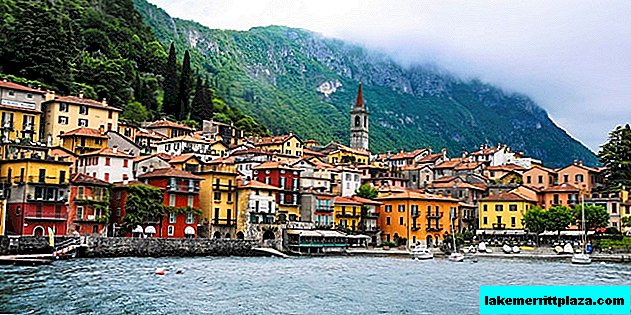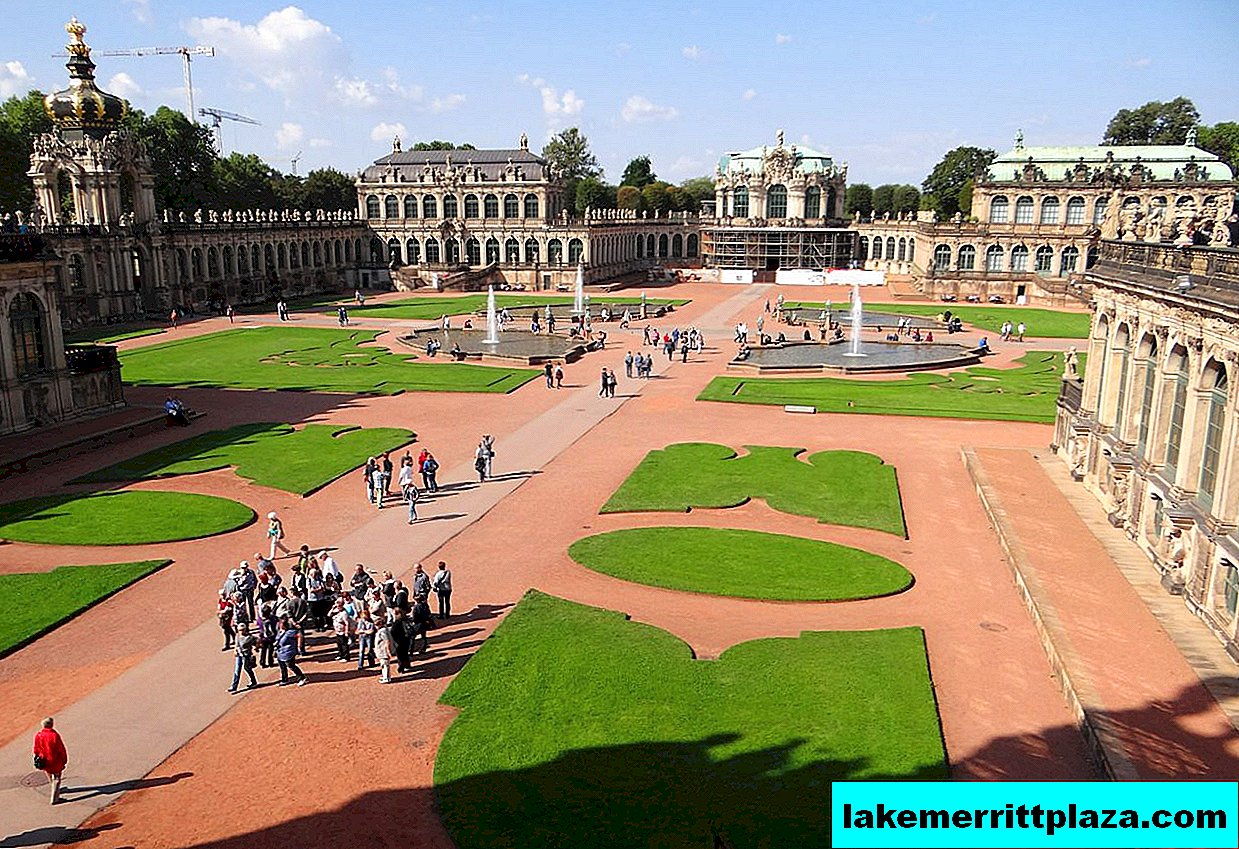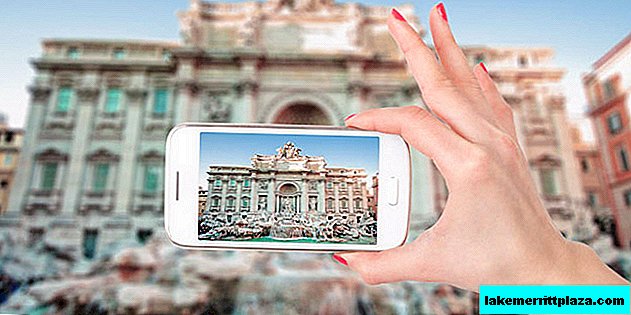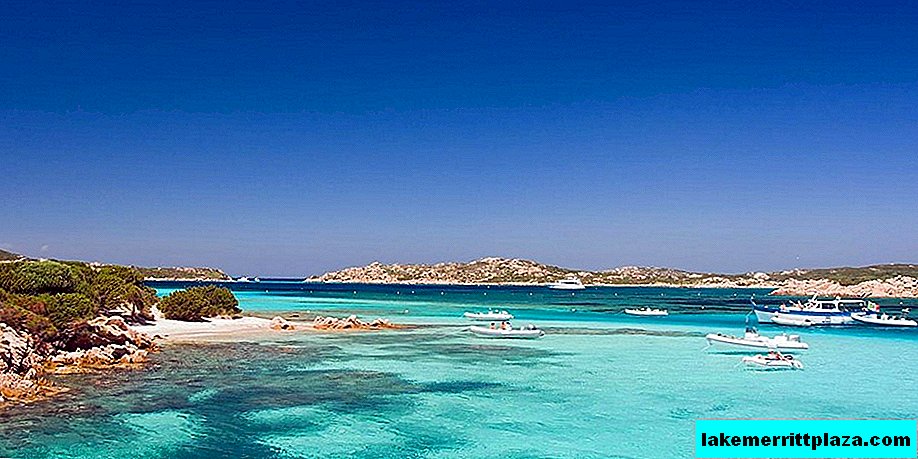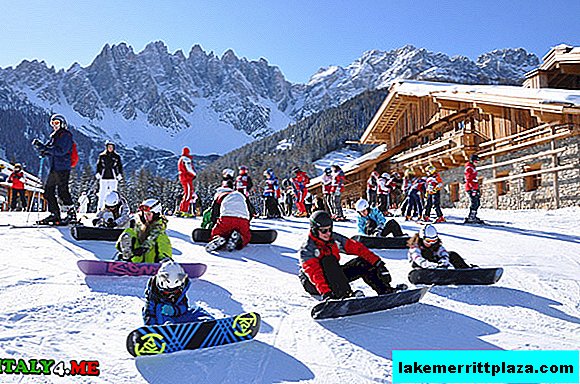Initially, the American movement is gaining worldwide popularity. Already in Rome at Lido Nord and Stella Polare stations you can exchange books and magazines
You gathered in Lido, arrived at the train station in Rome and found that you had forgotten a book at home, and now you have nothing to read on the beach? This is no longer a problem! Because at the Lido Nord and Stella Polare stations for several months now there has been a movement to exchange books and magazines with the American idea spreading all over the world.

In Rome, the organizers were thirty volunteers aged 17 to 30 from the Yut Youth Association (www.yutroma.it). The idea of a phenomenon called Bookcrossing is that anyone can take a book to their taste absolutely free at one station and “return” it to another station, simply leaving it on a bench, or even take it home, but in exchange for another work from its own collection.
Bookcrossing is essentially an open-air library. Or even a network of free and independent libraries that can be used by people from all over the world.
 And therefore, for more than five months, volunteers from Yut have been putting their time and efforts into a cause that they thought was important and significant for modern society. And apparently, not in vain: in two "libraries", one at the Lido Nord station and the second at Stella Polare, more than 1,500 books have already been registered.
And therefore, for more than five months, volunteers from Yut have been putting their time and efforts into a cause that they thought was important and significant for modern society. And apparently, not in vain: in two "libraries", one at the Lido Nord station and the second at Stella Polare, more than 1,500 books have already been registered.
Among the books registered on the international bookcrossing.com website, the most “readable” books turned out to be classical literature, especially Russian writers, romance novels and magazines. However, there are educational materials and specialized literature: from a manual for gardeners to aviapilot cards. Association Vice President Stefano Tacconi explains:
"The mechanism is extremely simple. The reader selects a book and then takes it with him or returns. Many bring their books and others take them in return."
 So the classic of English literature can be left at Brooklyn station in New York, whose workers will note on the site that they have a new arrival. And that the book arrived from the Lido Nord station in Rome.
So the classic of English literature can be left at Brooklyn station in New York, whose workers will note on the site that they have a new arrival. And that the book arrived from the Lido Nord station in Rome.
But books are not only beautiful phrases of great writers, but a blacksmith hearth of memories, as volunteer Giorgia Campeti assures: “When I registered the name of one book, I found a very touching letter along with a watercolor drawing that a girl from Turin received from best friend who moved to Sydney. " Who knows where this book came from, who gave it away. And who knows where else she will be.

